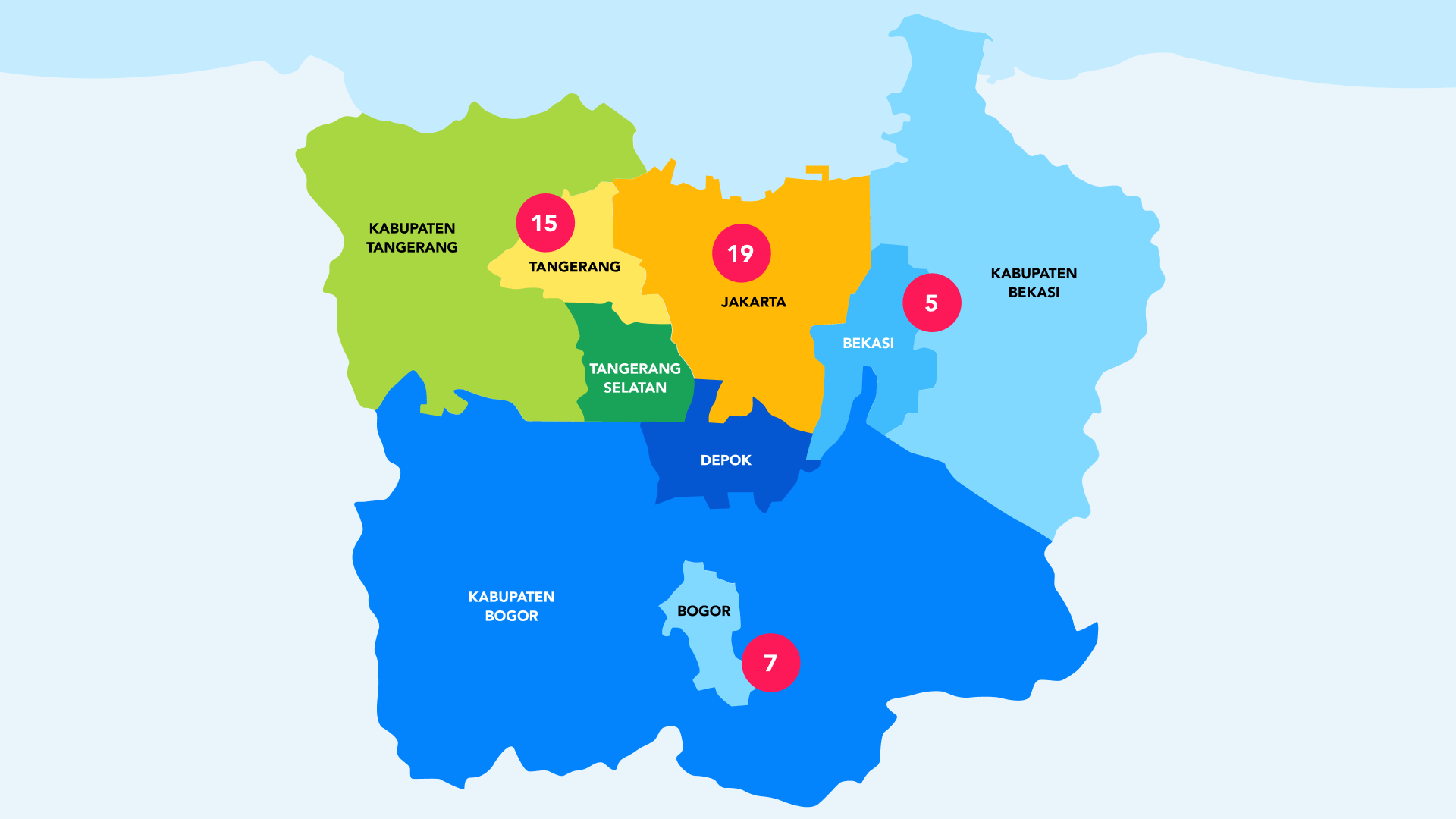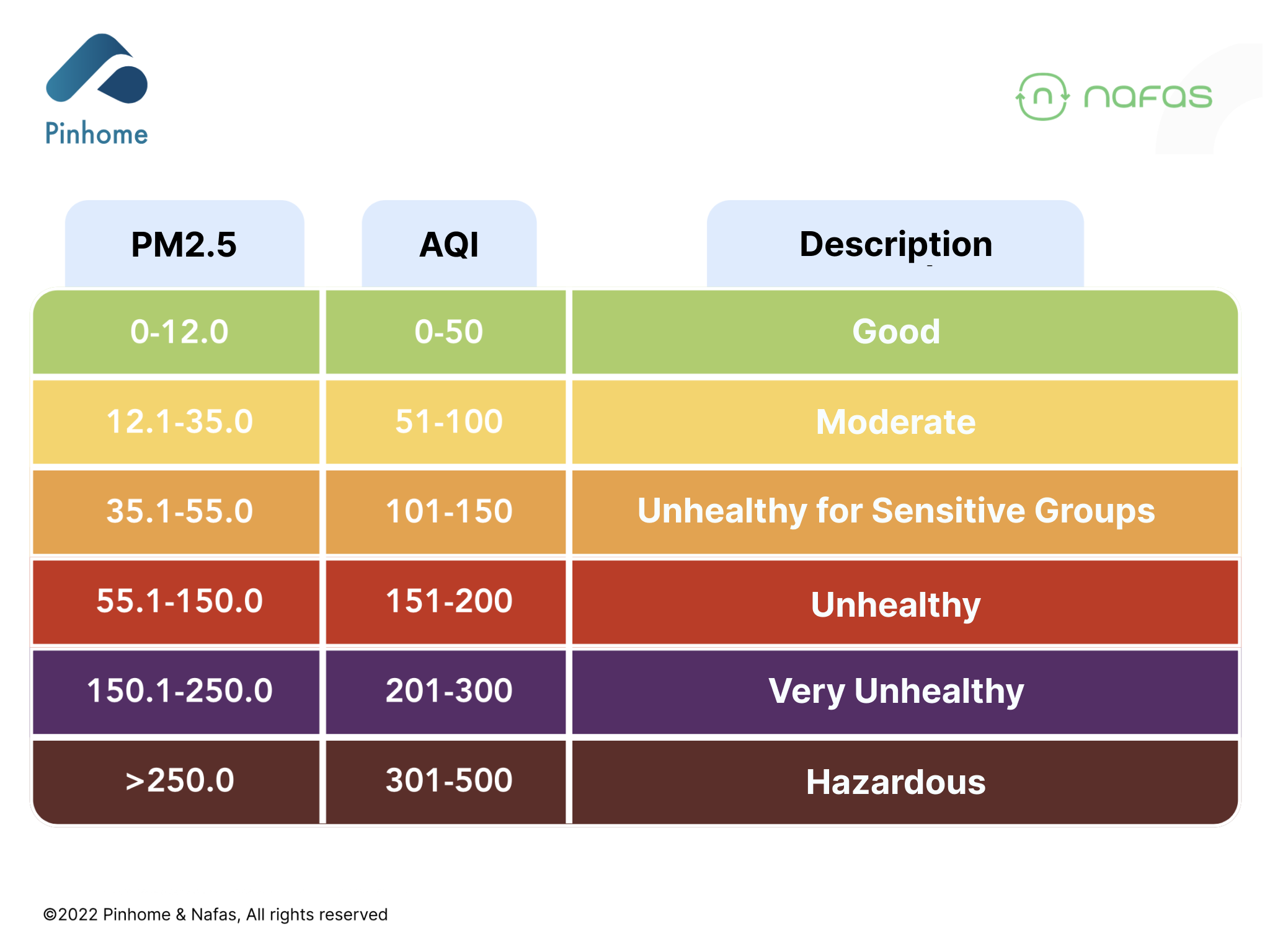Nafas x Pinhome: Collaborative Research on Air Quality in Jabodetabek
According to Databoks, Jabodetabek ranks as the second-most urbanized area with the largest population at 34.5 million people. The population is rising as economic needs and job opportunities increase. Jakarta's growing population will have an impact on the city's and its surrounding areas' air quality.
To determine the quality of the air in Jabodetabek, Nafas and Pinhome have conducted research using PM2.5 as a parameter. Through this research, it was discovered that Jabodetabek occasionally has good air quality. In addition, a variety of other factors besides human activity have an impact on air quality.
What are the methods used by Nafas and Pinhome in this research collaboration?
Nafas and Pinhome conducted their research by cross-checking data between the two parties. The data was collected using Nafas sensors installed in various areas of Jabodetabek. Nafas employs low-cost Airly sensors that have been internationally standardized in Europe. The Airly PM2.5 sensor is designed specifically for outdoor use, with temperatures ranging from -30°C to 40°C and rainwater resistance. Sensors are installed at a height of 1.5 to 8 meters above the ground. These sensors have been calibrated by a station managed by the US Embassy to provide the most accurate data. The PM2.5 reading accuracy is 10% for 0-100 μg/m3 (0-174 AQI) and 10% for 101-500 μg/m3 (175-500 AQI).
In this research, data on air conditions in Jabodetabek was gathered during July 2022. The measurement results of the Nafas sensor locations were compared to the Pinhome project locations in Jabodetabek. As a result of the data crossing process, up to ten Nafas sensors are located within a radius close to the Pinhome project. Nafas and Pinhome process and study the data from these 10 sensors to create research material.
The results of the collected data are processed as PM2.5 concentrations in micrograms per cubic meter (μg/m3). The results of the processed data are also transformed into the Air Quality Index (AQI). AQI is a global measurement method that starts from 0 at the lower end and goes beyond 500 at the upper end. A higher AQI means higher levels of air pollution and a worse impact on our health. The less concentration of PM2.5 in the air, the better the AQI.

To be a set of useful information for the public, the air quality data in 10 areas—Pondok Indah, Dharmawangsa, West Bogor, Depok Beji, Cibinong, Karawaci, West Pamulang, South Tambun, Ciater, and Cipayung—is presented in the form of a market report. The provided data can be used as a tool to identify trends in Jabodetabek's air quality at various locations. You can utilize it as a tool to help you consider a comfortable, pollution-free neighborhood for your home.
You can easily access the market report here.